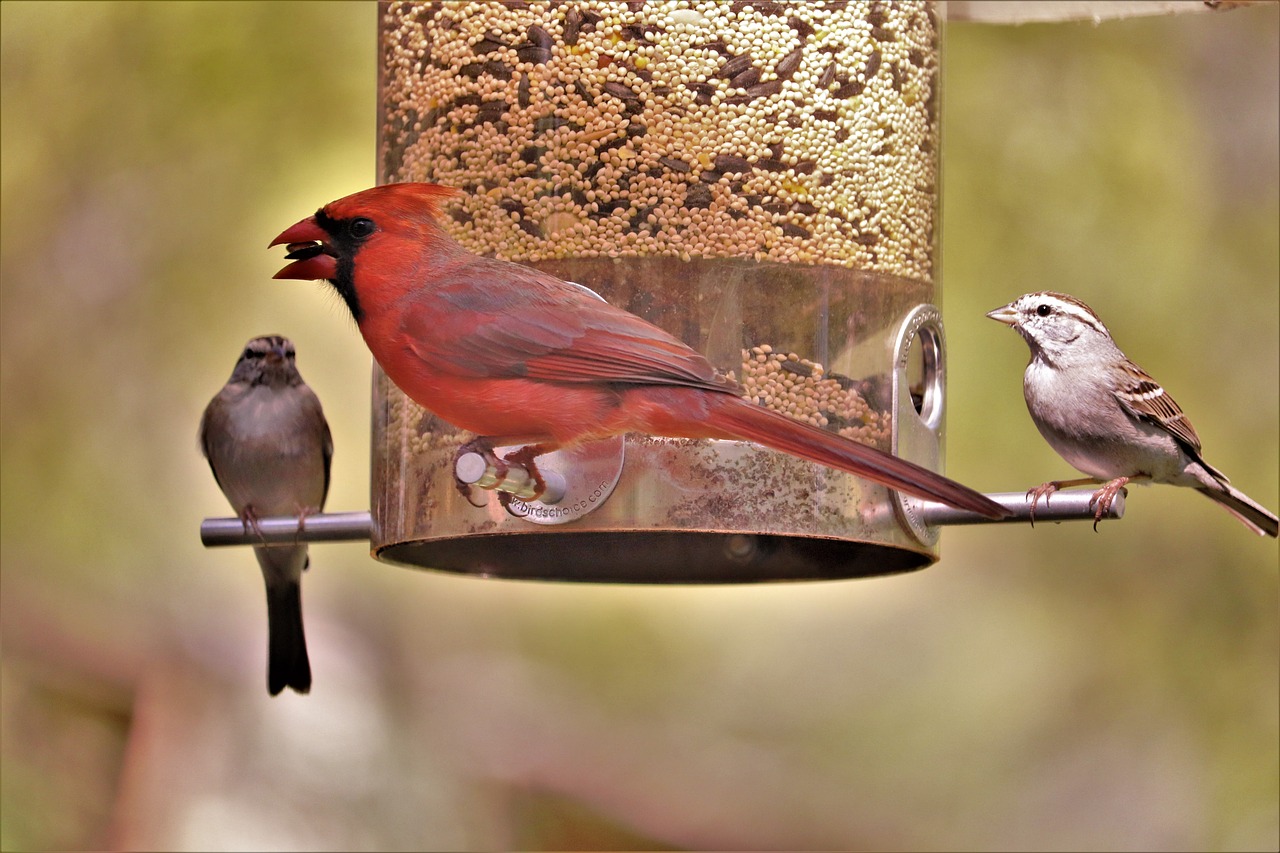Regular readers of this blog know that I am an avid gardener, a weekend activity that has taken on a more prominent role for me in recent years. Prior to my early 40s, I wanted nothing to do with gardening… it was too closely associated with “weeding,” a weekend assignment from my youth that left a few too many mental scars. But home ownership has a way of changing (lots of) your priorities.
My gardening interest (obsession? addiction?) has led to all sorts of interesting side benefits, above and beyond colorful and healthy flowers. It is a source of calm and meditation for me, and a well-tended yard has become a source of pride and joy for our entire family. And perhaps most importantly, we have gotten to know an entire community of creatures in our backyard.
There is this singular rabbit, that our daughter has started calling “Peter,” who every morning and evening enjoys the salad bar of our lawn, right outside our kitchen window. There is also a scurry of chipmunks that congregate around the food source of our compost bins. We have at least one gopher who apparently lives next door in the neighbor’s yard (fine with us), and has dug a couple of entry ways underneath our fence so that he can come join us for the occasional meal. Some other animal, which I believe is a fisher cat, ventures in from time to time and leaves behind digestive evidence.
And then there are the birds… oh, the birds. We have multiple bird feeders hanging from the branches of our 125 year old London Plane tree (a form of sycamore), and have succeeded in hanging our bird feeders out of reach of any other creatures. We keep all three feeders well stocked, and have met a wide variety of feathered friends. We see tons of Finches (we get the House and American varieties) and Sparrows (Song, House and White-throated), both of whom travel in large groups; Cardinals (who always travel and feed in male/female pairs); the occasional Blue Jay, who is aggressive, and a “tough hang” for other species of birds; Mourning Doves, Nuthatches, Tufted Titmice (I don’t name these things), and a Red-Tailed Hawk who has been known to swoop in and grab a smaller bird right off the feeder. Peter the Rabbit should be careful.
This blog is about communication, so let me (finally) get to the point. Last week, we were hosting an event that required a tent in our driveway. To make room for the tent, I had to raise our biggest bird feeder to a much higher height on the tree. I raised it a considerable amount, about 15 feet higher than normal. And over the course of the next week, I noticed that the bird seed in the feeder was not being consumed. I normally fill that feeder twice per week, sometimes three. But over the last week, the seed was barely eaten at all.
I was surprised to learn, after a little research with my kids, that most birds do in fact have a desired height off the ground for their feeding. And many of the birds that we have gotten to know in our yard (particularly the Finches and Sparrows) prefer to feed about 5-10 feet off the ground. I usually hang that feeder about 10 feet up, and on normal nights that feeder was like Grand Central Station. But at 25 feet up, no action at all. Same food source, same welcoming atmosphere in our yard, same everything… except that the food was being offered in a way that was not desirable for the Finches and Sparrows. So they chose to dine elsewhere for the last week. “Feed me on my terms or don’t feed me at all.” Well, ok then…
So, the lesson for me is that our relationship with these birds is a two-way street. They would not automatically eat up anything I put out. The food, and the manner in which it was served, had to be right. Otherwise they would go elsewhere.
A good lesson for business leaders, and anyone trying to build a community at work.
That’s all for today… good luck, and happy gardening and birding.
Does your team:
– Take too long to make decision?
– Fail to ask for what it wants or needs from you?
– Make things too complicated?
– Deliver unconvincing or disorganized presentations?
– Have new hires who are unprepared to communicate in the workplace?
We transform teams and individuals with repeatable toolsets for persuasive communication.
Explore training, coaching, and consulting services from The Latimer Group.
Looking for more from The Latimer Group?






Comments